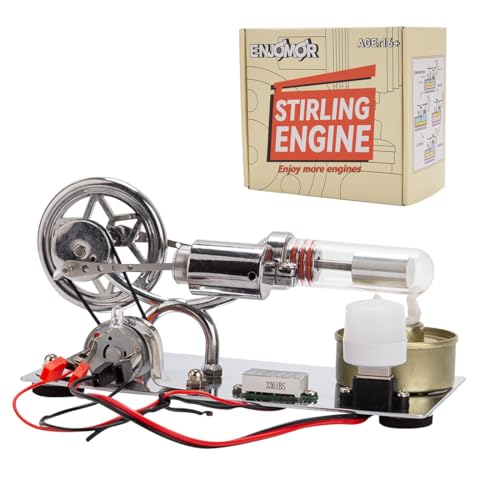- Joined
- Jan 3, 2008
- Messages
- 2,085
- Reaction score
- 17
Does anyone know of a good source for small oil seals in quantities of under 10 pieces? Will be needing to seal against a shaft size of 7/16" and an OD in the neighborhood of 5/8". Or would a simple o-ring suffice? The 7/16" shaft size seems to be the problem...the usual sources like McMaster have 1/4", 5/16", 3/8" and then jump up to 1/2"
Bill
Bill





































![DreamPlan Home Design and Landscaping Software Free for Windows [PC Download]](https://m.media-amazon.com/images/I/51kvZH2dVLL._SL500_.jpg)

































